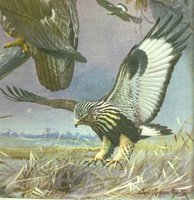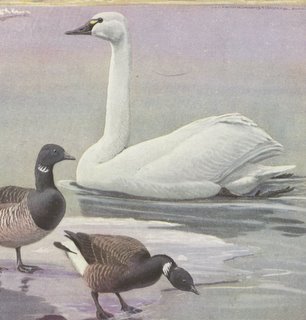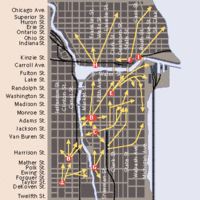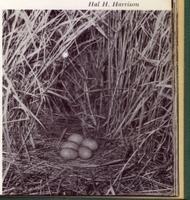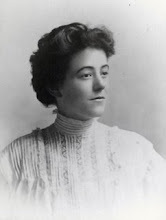 Illustration by
Illustration byLouis Agassiz Fuertes
My sister lives on a former prairie, farm and woods, all three sacrificed to development. Her site, though, overlooks a preserve where, so they tell her, no building will ever occur. The landscapers even do controlled burns and scatter seeds of native prairie plants each year to help nature along if the burns don’t sufficiently resuscitate the flora and fauna. She has the best view of any, and that’s as it should be, considering her love of the wild things that are looking to reestablish a home base.
On Christmas night, after our fête, she heard her owl, so she and her daughter Amanda and I went out to stand still and listen. Sure enough. Hoo-hoo-hoo. Hoo hoo.
“Not the Screech Owl,” said we. He is named for his call, a sound almost like a glass harmonica, or an eerie whistle. Our visitor’s voice was resonant and deep.
I didn’t have time to look up her owl-in-residence until just now. What we heard was the Great Horned Owl, a male announcing his GPS locus. According to the bird books, he isn’t friendly, but, hell, how would you act if crazy, destructive humans kept you on the run? He is among the most adaptable of the owls, however. His diet is small animals, unlike the Screech Owl, who prefers mice.
My sister’s cat, Charles, prefers mice, too. I was concerned that he might run into more competition that he’d bargained for, if the owl was looking for mice. As it turns out, the owl might be looking for Chuck. The picture here shows a deceased skunk in its talons. Charles has encountered skunks, as well, in his travels, and FYI, giving a cat a tomato juice bath (the home remedy for skunked puddy cat) is both dangerous and a waste of time and tomato juice. Just ask Chuck.
This link has a succinct description and audio links with its call. Woo hoo!








